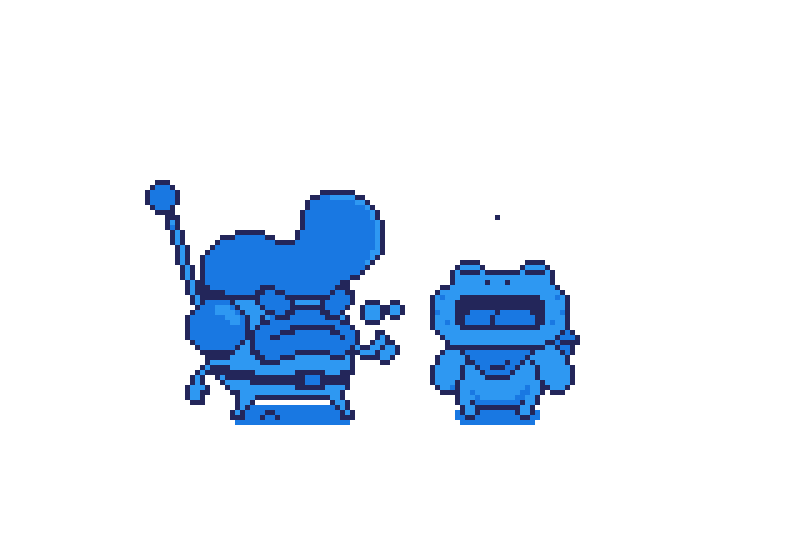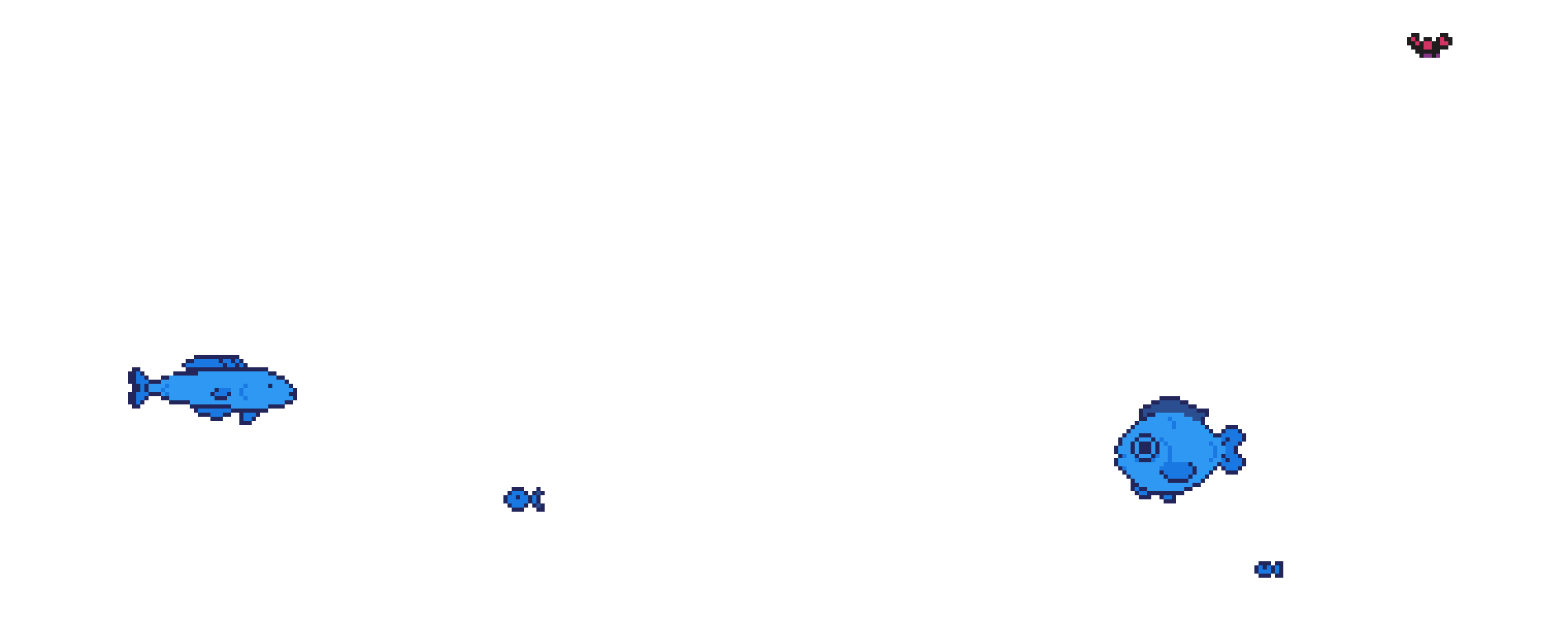Blade Strangers: The Art of Fighting

Beautiful. Vibrant. Fluid. Gorgeous. Those are just a few of the words that could describe the visuals of Blade Strangers, the one-on-one crossover fighting game headed to Nintendo Switch, PlayStation 4 and Steam on August 28. But the game’s colorful, smoothly animated aesthetic wouldn’t have been possible without the talent and experience of the developers at Studio Saizensen, who combine artistic knowhow with technological wizardry.
In the case of Blade Strangers, a key part of the visual process was creating a unified look for all of the fighters, so that simple characters from 8-bit-style games like Cave Story+ and Shovel Knight would look natural alongside warriors from titles such as Code of Princess EX that feature a higher level of graphical detail. This task fell to Studio Saizensen illustrator Minat, who adjusted characters’ appearances and proportions so they all meshed within the same game.

“Minat is an illustrator who can create art in various styles,” affirms Blade Strangers director Toshinobu Kondo. “We knew she would be able to make the various art styles consistent, so we left it in her very talented and capable hands.”
Blade Strangers also includes a few original fighters, such as the game’s final boss, Lina, who had to be brought into the fold. Creating new warriors who were just as appealing as the existing heroes was a challenging, yet collaborative, effort that introduced combatants with unique visual characteristics.

“Lina’s first design draft was initially sketched by me,” reveals Kondo. “After that first sketch…Minat finished her up. Even though Lina’s role in the game is a villain, our goal was to make her a very cute and innocent-looking character.”
With the designs established, Studio Saizensen began creating the characters’ in-game art assets using a proprietary technique that they have been refining for more than 10 years. Combining the best of 2D and 3D elements, the fighters are initially built out of polygons, and these character models are used to create a full range of natural-looking movements—walking, running, jumping, attacking, special moves and more—that would be incredibly time-consuming to create frame-by-frame.

“With 2D artwork, it takes an immense number of hours to generate the different frames, but if it’s already 3D, it doesn’t use up as much time,” Kondo explains. “This process makes it very easy to generate and edit the movements so that we have a wide variety of different punches or special attacks, whatever we need to make the game look and feel great.”
There are still challenges to the process, however. Sometimes the models have to be adjusted to create the cartoon-style expressiveness the developers desire. “The most difficult aspect was the motions: trying to make them look like hand-drawn animation with traditional stretching, shriveling and blowing-up effects, etc. instead of bone-based 3D movements,” divulges Kondo.

Once the polygonal models are complete and any necessary refinements are made, key frames of animation are then rasterized—converted from vector-based 3D images into 2D sprites—and implemented into the game. During development of previous Studio Saizensen titles, these sprites were then touched up and enhanced by the studio’s team of 2D artists, but these days the process is so efficient that they can typically be used as-is, without any additional work. The results speak for themselves: a visual spectacle that looks like an anime come to life.

Furthermore, the 2D presentation makes it easy to retain the feel of the original artists’ designs, palettes can easily be changed for alternate character colors and the data size is relatively small, allowing for fast loading and snappy gameplay. But most importantly, the graphics simply look cool. “I just really like the 2D look in games,” admits Kondo. “For many years, we have been researching this technique for the reasons of productivity and it’s also just the art style that we like the most.”
You’ll be able to witness the stunning splendor of Blade Strangers firsthand when the game arrives on Nintendo Switch, PlayStation 4 and Steam later this summer. If you want to secure your bonus-filled “launch edition” physical version on Switch or PS4, you can pre-order the game now from your retailer of choice, including Amazon, Best Buy, GameStop and Target.




